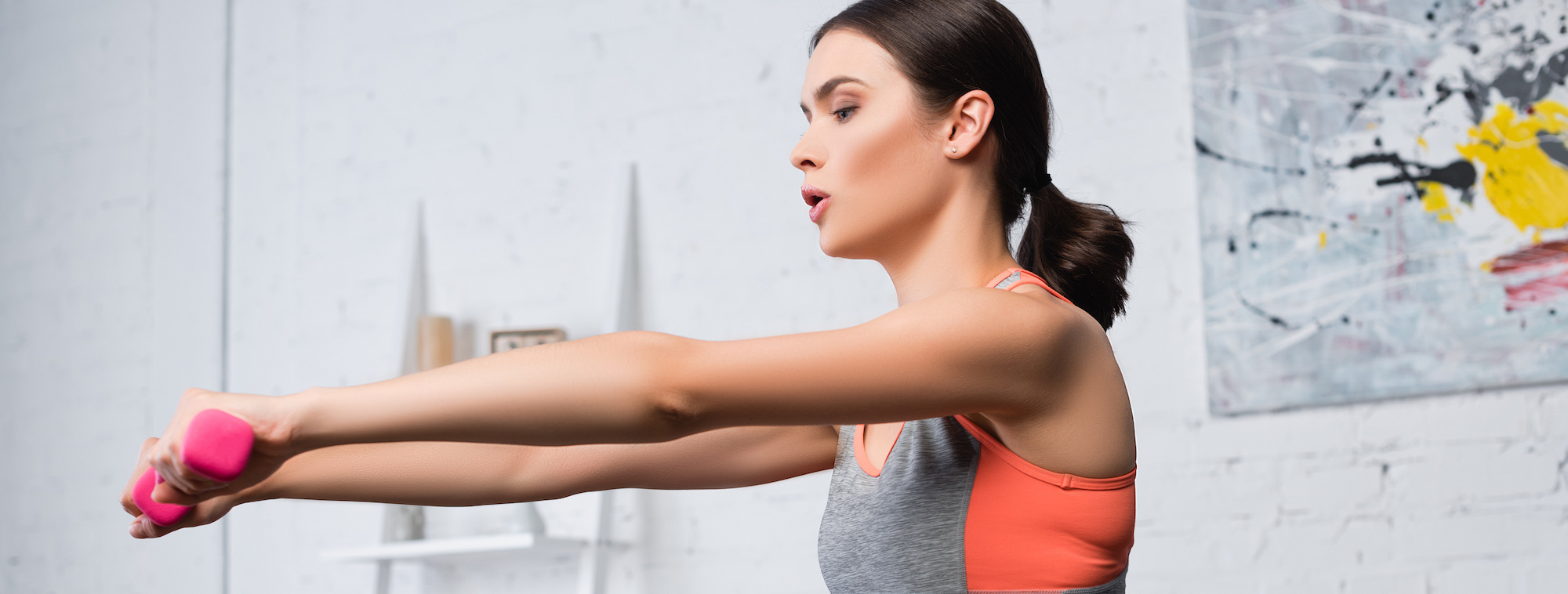Pregnancy and Exercise: How to Do it Safely
Pregnancy and exercise at a glance
- Exercise during pregnancy helps relieve stress, minimize backache and fatigue, and may help prevent gestational diabetes.
- Exercise for pregnant women should be moderate and low impact, not strenuous or jolting, and it should continue after giving birth.
- It’s most important to guard against falls or injury, especially to the belly area.
- Check with a doctor to determine what constitutes safe exercise during pregnancy. Some pre-existing conditions may preclude certain exercises.
Exercise for pregnant women & its benefits
Pregnancy and exercise go hand-in-hand. Women who exercised regularly before pregnancy and those who never have are encouraged to be moderately active as a means to relieve stress and build endurance that will be needed for labor and delivery.
According to the American College of Obstetricians and Gynecologists (ACOG), physical activity does not increase the risk of miscarriage, low birth weight or early delivery. However, for women who became pregnant with the help of infertility treatments, it is critical that a member of the fertility care team, or the mother’s OB-GYN, gives the green light for exercise and what kind.
Need help getting pregnant?
It can be difficult for many couples. Seeing a fertility specialist can often help get your family going.
Contact us
The perks of pregnancy and exercise help moms-to-be during gestation, through delivery and after the baby is born. It promotes healthy weight management, strengthens the heart and blood vessels, eases constipation and relieves stress.
Regular exercise during pregnancy in particular helps with reducing back pain, decreasing the risk for gestational diabetes, preeclampsia and cesarean delivery. It also helps shed the mother’s baby weight after the baby comes.
Related reading: How one mom’s lifestyle changes helped her get pregnant
What kind of prenatal workout is best?
ACOG recommends focusing on moderate aerobic activity and aiming for a minimum of 150 minutes per week. Aerobic exercise is defined as large muscles moving together in a rhythmic fashion, such as when walking, swimming or even raking leaves or mopping. It’s ok to divide the 150 minutes into 10-, 15- or 30-minute segments throughout each day.
Here are some safe exercises during pregnancy.
- Walking. Go at a pace where the heart rate increases but normal conversation remains effortless.
- Swimming and water aerobics. Movements in the water naturally engage groups of body muscles. Plus, the water’s buoyancy provides a support against injury and muscle strain.
- Modified yoga or Pilates. While reducing stress and improving flexibility, modified movements help accommodate a pregnant body’s shifting balance.
- Stationary bicycling. It’s low impact keeps the body upright and helps balance the shifting distribution of weight from a growing belly.
Related reading: The effects of lifestyle on female and male infertility
It’s also wise to take some precautions when exercising while pregnant. The number one thing to guard against during exercise for pregnant women is injury.
- Be sure to drink lots of water before, during and after a prenatal workout.
- Wear a sports bra that supports and protects the breasts.
- Wear loose-fitting clothing.
- Try to wear shoes that are designed specifically for certain exercises.
- Finish eating at least one hour before exercising.
- Never exercise to the point of exhaustion.
What to avoid with pregnancy and exercise
The best way to guard against injury during physical activity is to avoid contact and high-impact sports. One reason is that if a bone gets broken or bleeding occurs, doctors may need to introduce medications, such as painkillers or antibiotics, that may affect a developing baby.
Also, the hormones produced by the body during pregnancy cause the ligaments that normally support joints like knees, ankles and elbows to become more relaxed. This makes the joints more susceptible to injury.
More Information: Are You Getting Too Much or Too Little Exercise?
Another reason is that the belly area must be protected from impact. Sports like downhill skiing or snowboarding, water skiing, surfing, gymnastics, horseback riding and off-road cycling can often result in tumbles.
Temperature should also be taken into consideration. Overheating, as is the case when doing hot yoga or hot Pilates, raises blood pressure and may cause lightheadedness, which could lead to falls. Especially as a baby grows and the belly gets bigger, the female body’s center of gravity changes, and balance gets more difficult.
Do not scuba dive, sky dive or perform activity above an altitude of 6,000 feet, especially if you don’t live at a high altitude. There are a few studies that suggest an increase in barometric pressure late in pregnancy could trigger a membrane rupture, which could induce labor. Other research indicates that atmospheric pressure can affect the nervous system, causing headaches or possibly increased pain during labor.
Try to avoid standing still or lying flat on your back as much as possible. Lying down on the back causes the uterus to press on a large vein that returns blood to the heart, which could cause a blood pressure decrease for a few moments. Standing still for long periods of time can cause pooling of blood in the ankles and feet, which is bad for circulation.
Learn How to Maximize Your Fertility When Trying to Get Pregnant
Keep going after the baby comes
Maintaining an exercise routine after labor and delivery may help improve mood and ward off deep vein thrombosis (DVT), a condition that frequently arises in new moms after childbirth. Exercise will surely help in shedding extra baby weight as well. And maintaining a healthy weight can help with the success of the next attempt at pregnancy.


